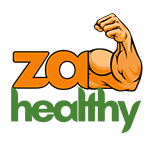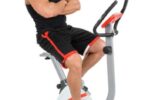Stretching your muscles is an important part of any fitness routine. It can help you prevent injuries, improve your flexibility, reduce muscle soreness, and enhance your performance. In this blog, we will introduce some of the most common and effective muscle stretches that you can do at home or the gym. We will also explain the benefits and precautions of each stretch and how to perform them correctly.
Intercostal Muscle Stretch
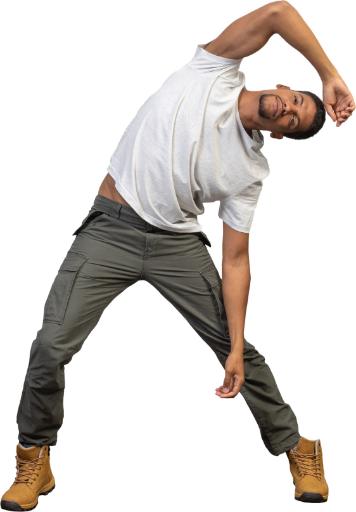
The intercostal muscles are the muscles that run between your ribs. They help you breathe, twist, and bend your torso. These muscles can get tight and stiff from poor posture, stress, or respiratory problems. To perform the intercostal muscle stretch, you can do the following:
– Sit or stand with your back straight and your shoulders relaxed.
– Place one hand on your head and the other on your waist.
– Gently pull your head to the side until you feel a stretch on the opposite side of your chest and ribs.
– Hold for 15 to 30 seconds and switch sides.
The intercostal muscle can help you improve your breathing, posture, and spinal rotation. Intercostal muscle stretch can also relieve tension and pain in your chest, back, and neck.
SCM Muscle Stretch
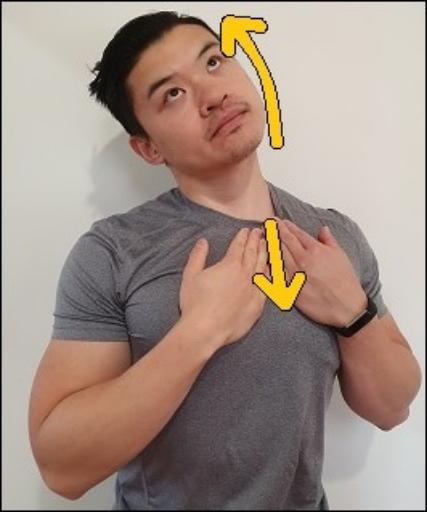
The SCM muscle is a long muscle that runs from your sternum and collarbone to your skull. It helps you turn your head, tilt your head, and lift your chin. This muscle can get tight and sore from stress, neck strain, or sleeping in a bad position. To perform the SCM muscle stretch, you can do the following:
– Sit or stand with your back straight and your shoulders relaxed.
– Tilt your head slightly back and look up at the ceiling.
– Place one hand on the back of your head and gently pull your head down and to the side until you feel a stretch on the opposite side of your neck.
– Hold for 15 to 30 seconds and switch sides.
The SCM muscle stretch can help you ease neck pain, headaches, and jaw tension. SCM muscle stretch can also improve your neck mobility and alignment.
Trap Muscle Stretch
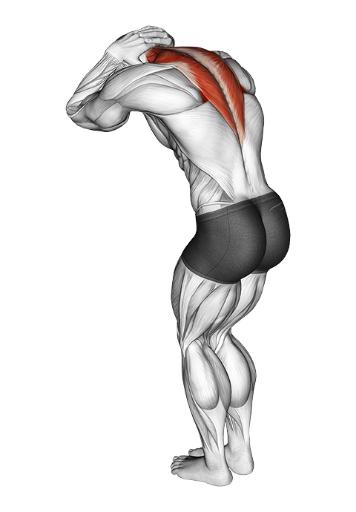
The trap muscle is a large muscle that covers the upper part of your back and neck. It helps you shrug your shoulders, lift your arms, and stabilize your head. This muscle can get tight and tense from stress, poor posture, or overuse. To perform the trap muscle stretch, you can do the following:
– Sit or stand with your back straight and your shoulders relaxed.
– Reach one arm across your chest and hold it with your other hand.
– Pull your arm slightly toward your chest until you feel a stretch on the back of your shoulder and neck.
– Hold for 15 to 30 seconds and switch arms.
This stretch can help you relax your shoulders, neck, and upper back. It can also prevent shoulder impingement, rotator cuff injuries, and neck spasms.
Gastrocnemius Muscle Stretch
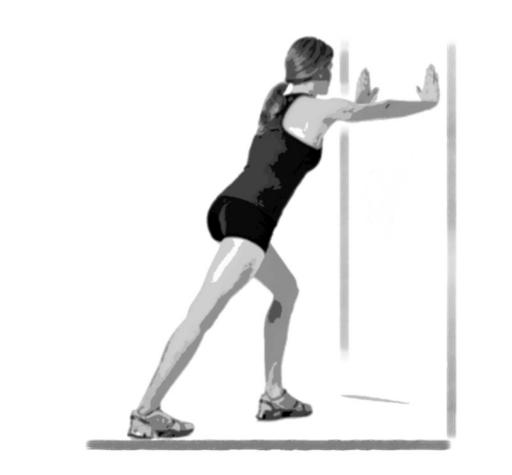
The gastrocnemius muscle is a large muscle that forms the calf of your leg. It helps you extend your ankle and push off the ground. This muscle can get tight and cramp from activities such as running, cycling, or climbing stairs. To perform the gastrocnemius muscle stretch, you can do the following:
– Stand facing a wall and place your hands on the wall at shoulder level.
– Step back with one leg and keep it straight with your heel on the floor.
– Bend your front knee and lean forward until you feel a stretch in the upper part of your back leg.
– Hold for 15 to 30 seconds and switch legs.
The gastrocnemius muscle stretch can help you prevent calf strains, Achilles tendonitis, and plantar fasciitis. Gastrocnemius muscle stretch can also improve your ankle stability and balance.
Pectineus Muscle Stretch
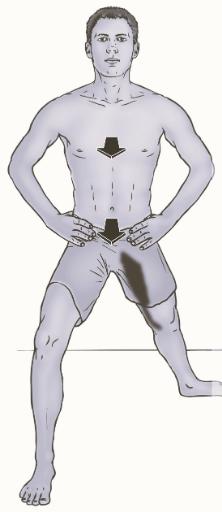
The pectineus muscle is a small muscle that runs from your pubic bone to your thigh bone. It helps you flex and rotate your hip. This muscle can get tight and inflamed from activities such as running, kicking, or squatting. To perform the pectineus muscle stretch, you can do the following:
– Sit on the floor with your legs straight in front of you.
– Bend one knee and cross it over your other leg.
– Place your opposite elbow on the outside of your bent knee and gently push it toward your chest until you feel a stretch in the inner part of your thigh.
– Hold for 15 to 30 seconds and switch legs.
The pectineus muscle stretch can help you prevent groin pulls, hip flexor strains, and lower back pain. The Pectineus muscle stretch can also increase your hip range of motion and flexibility.
Pectoral Muscle Stretch
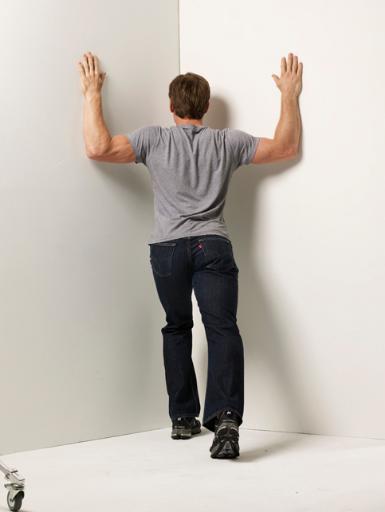
The pectoral muscle is a large muscle that covers the front of your chest. It helps you move your arm across your body, push, and pull. This muscle can get tight and weak from sitting hunched over, carrying heavy loads, or doing chest exercises. To perform the pectoral muscle stretch, you can do the following:
– Stand in a doorway and place your hands on the door frame at shoulder level.
– Step forward with one leg and lean forward until you feel a stretch in the front of your chest and shoulder.
– Hold for 15 to 30 seconds and switch legs.
The pectoral muscle stretch can help you improve your posture, shoulder mobility, and breathing. The Pectoral muscle stretch can also prevent chest tightness, shoulder pain, and rotator cuff injuries.
Conclusion
Stretching your muscles is a simple and effective way to improve your health and performance. By doing the stretches we have introduced in this blog, you can target some of the most common and important muscles in your body. Remember to stretch regularly, gently, and with proper form. You can also consult a physical therapist or a fitness trainer for more guidance and advice. Happy stretching!
